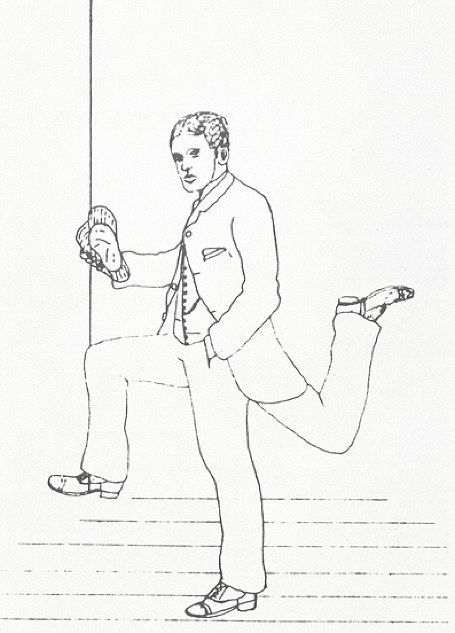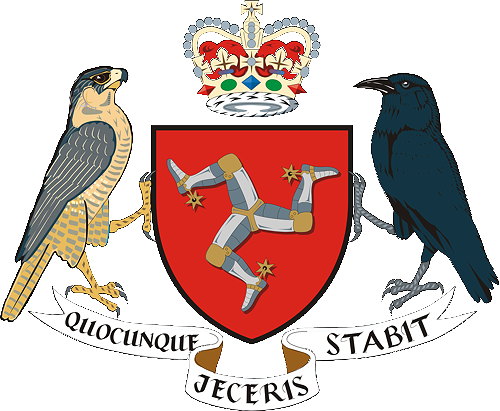A third leg
Back in the nineteenth century, Alexander Robinson operated a photographic studio on the Isle of Man. In 1885 he applied for a British patent (British Patent Specification 15,376) for an unusual invention — a fake third leg, which he envisioned using as a prop in his studio.

From his patent application:
His invention makes more sense once you know that the Isle of Man's heraldic coat of arms consists of three legs. I imagine that tourists would come to his studio to get a photograph of themselves with three legs, just like the Isle of Man.

I don't know if Robinson was ever granted a patent for this. The British patent office, unlike the American one, is not fully searchable online. More info: History of Photography journal

From his patent application:
a light artificial leg made to any required size, bent or straight, or with adjustable joint or joints, and to be attached to the person so as to appear to be a third leg. The end next the body is provided with straps, and a joint close to the body or soft air cushion or both so as to fit it in any required position to the body. It must be dressed with trousers, knickerockers, stocking, sock, legging, shoe or boot to correspond with the dress of the wearer, and can be fitted with spurs or not as desired. It is preferaly made of papier-mâché, cork, tin, pasteboard or inflated rubber cloth. To enable two of the legs to rest clear of the ground I prefer to let the real leg at least, or both, to rest on fine wire suspended from above.
His invention makes more sense once you know that the Isle of Man's heraldic coat of arms consists of three legs. I imagine that tourists would come to his studio to get a photograph of themselves with three legs, just like the Isle of Man.

I don't know if Robinson was ever granted a patent for this. The British patent office, unlike the American one, is not fully searchable online. More info: History of Photography journal
Comments
A look at the coat of arms also explains why the patent application mentions putting spurs on the leg. Of course, the question now is the mental condition of those who designed that coat of arms. "Stabit" is an inflection of the verb for stay, remain, or stand. Otherwise, it's beyond my Latin.
Posted by Virtual in Carnate on 03/14/23 at 07:56 AM
Virtual, it means "Wherever you throw it, it'll stand up." The Isle of Man spent much of its history being batted back and forth among the Norse, the Scots, and the English. It's now a dominion, like Canada or Australia, not even part of the UK.
Posted by Dr. Fian on 03/14/23 at 10:00 AM
@Fian: and it's a reference to the caltrop, which is three-dimensional rather than two- and has four points rather than three; but which, no matter how you throw it, always lands with three points to the floor and one agonising point directly into your sole.
Posted by Richard Bos on 03/18/23 at 10:09 AM
Commenting is not available in this channel entry.

Category: Photography and Photographers | Patents | Nineteenth Century